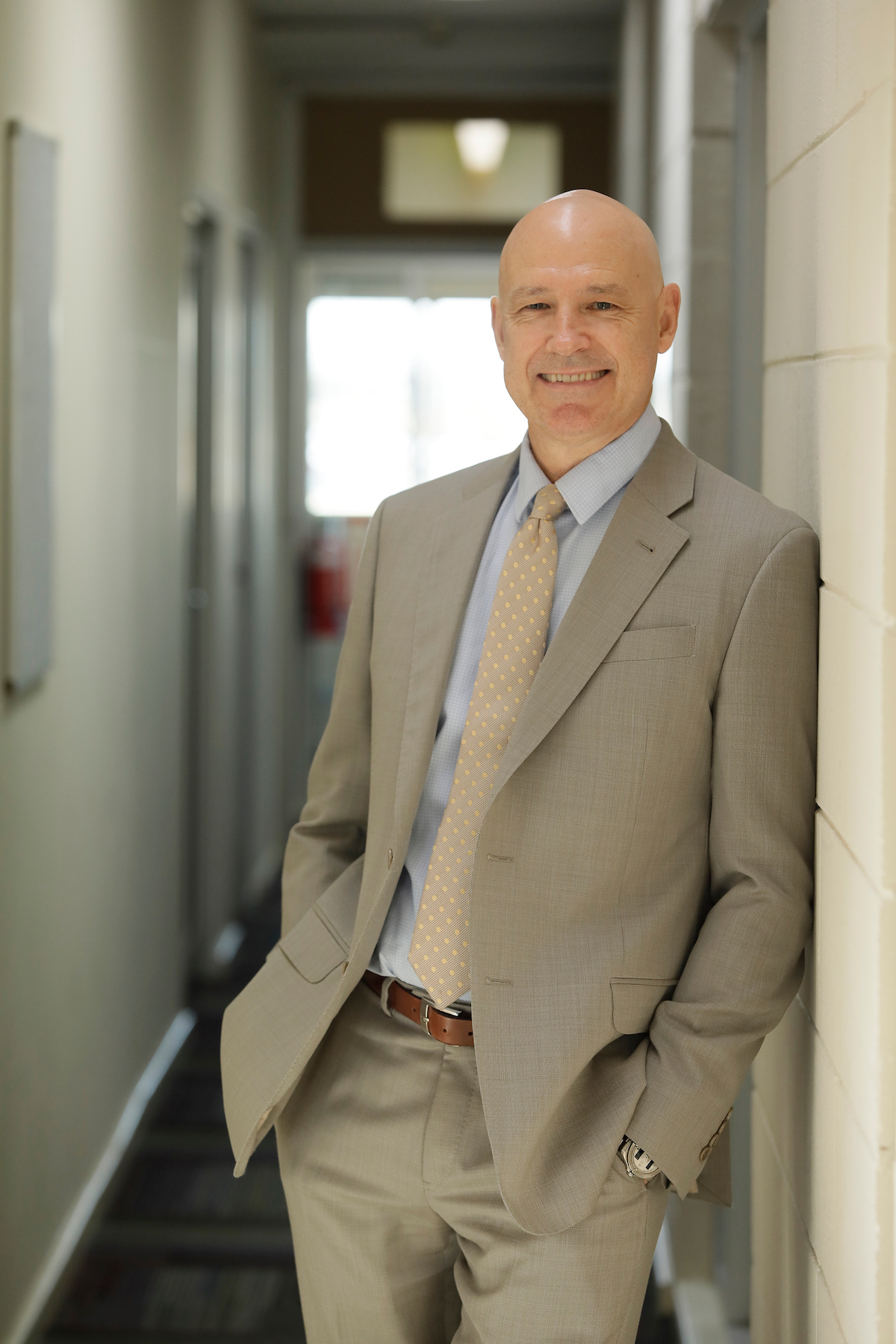Commercialising a cause: Grahame Marshall
Getting the balance right between implementing sharp business acumen & appreciating the need to save lives has thrown its fair share of challenges at CEO Grahame Marshall.
Grahame Marshall admits he was apprehensive when approached to take on the role of CEO at Western Australia’s Royal Flying Doctor Service (RFDS WA). In 2011, he was General Manager of Banking and Distribution for the Territory Insurance office, managing assets under $1.2 billion and sporting an impressive commercial pedigree.
He was used to years in senior management roles in the banking, utility and legal industries – a harsh competitive world, driven by profitability, shareholder value and ruthless, constant change. Would jumping ship to the not-for-profit sector prove enough of a challenge?
Grahame Marshall jumps into the not-for-profit sector
Armed with his exceptional and numerous skills honed with companies including Westpac, Lynch Meyer Lawyers, and WorkCover, Grahame made the jump headfirst into a gentler world governed more by history and duty – an organisation that was sadly underfunded and lacking in administration and sharp business acumen. The new CEO soon learned he’d never be short of challenges.
"I had to recalibrate my expectations. In the corporate commercial world, there are really clear catalysts for change all the time and I assumed every organisation would be the same," he says. "The Royal Flying Doctor Service however, and I dare say many in the not-for-profit sector, has a clear mandate and reason for being. It’s all about providing services that save lives, so in terms of contemporising, putting a commercial plan in place, or looking at cultural change, it’s quite different.

I had to spend a lot more time developing my influencing skills as opposed to just adopting a directive approach.
"I don’t think it was difficult for me to alter my mindset, as much as it was difficult to accept how long some of those things take," he adds.
"Everything takes far longer than I probably would like, or am used to. There’s a very diverse range of stakeholders involved such as Commonwealth and State health departments, aviation regulators, government ministers, regional communities, corporate partners, patients, and staff, just to name a few. I had to spend a lot more time developing my influencing skills as opposed to just adopting a directive approach."
Making the Royal Flying Doctor Service WA a sustainable business
Launched in 1928 in Cloncurry, Queensland, by Reverend John Flynn, the RFDS expanded into most Australian states by the late-30s, progressively purchasing its own aircraft and employing its own pilots and medical crews.
Although altruistic in nature, RFDS WA is a complex commercial business turning over $90 million a year and operating six facilities in Jandakot (head office), Kalgoorlie, Port Hedland, Derby, Meekatharra and Broome. It is serviced by a fleet of 15 Pilatus PC-12 aircraft, plus one Hawker 800XP Jet. It recently completed construction of a new aviation facility which, as of next year, will be home to some of the larger model Pilatus PC-24 jets.
"This is a major milestone of our long-term strategy to become a sustainable business," Grahame notes. "These jets are the first of their kind worldwide and have been developed in a joint venture between Pilatus and RFDS WA – demonstrating just how serious we are about strategic partnerships, innovation and future sustainability."
A highly prosperous future for the RFDS WA
Other priorities over the next few years will include targeting new income streams, building new relationships and unlocking the potential to become a recognised global leader. It’s still a work in progress, Grahame says, but he’s positive that with the right direction, capability, policies and systems in place, the organisation will have a highly prosperous future.
"It’s a journey," he comments. "I had 3 clear phases to the strategy when I arrived. Phase one was to implement a number of key priorities that needed to be done quite quickly, around controlling costs, policies and processes, and risk management. Phase 2 was then investing in building the capability and the skills in the organisation to get to where we needed to be.
"A lot of work was done around our culture, developing skills, investing in training and leadership programs, as well as in implementing the right IT systems and capabilities. Phase 3 is the one we’re in now – it’s about leveraging that expertise to build a sustainable and profitable model for the future. We’ll be in this phase for probably the next 10 or so years."
Grahame concludes that, after 6 years, he’s at ease with where the RFDS WA currently sits. Would he have liked to have gotten there quicker, though? "Yes, absolutely," he remarks, while also acknowledging that it probably wouldn’t have been possible.
"But am I comfortable with where we are at the moment?" he asks, "Yes, I am; however, we still have a long way to go."